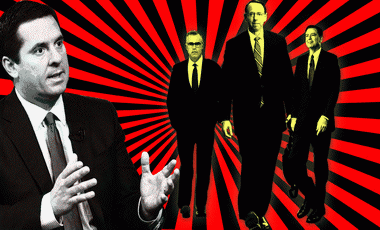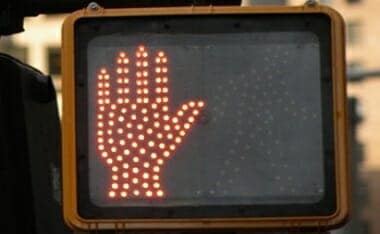Albert Mohler’s [important] Briefing from 4-20-18. My previous post on this is entitled: “California Wants To Curtail Free Speech.” Usually I grab a smaller clip from THE BRIEFING, but this is an attack on our faith that needs full attention. Here is the descriptions from the shows segments:
- California set to enact legislation barring sale of any books expressing orthodox Christian beliefs on sexuality (NATIONAL REVIEW has an important article on this “wind change.”)
- Christians no longer welcome? What’s really behind the line of questioning in a Senate committee hearing (Dennis Prager discusses Cory’s TOTALITARIANISM)
- Army chaplain under fire after refusing to facilitate a marriage retreat for same-sex couples (Here is the ARMY TIMES article)
THE FEDERALIST has an important article on the matter as well. The entire article is worth spending some time with over a cup of joe:
FactCheck.org has joined Snopes as another sneaky liar with their article on Apr. 25 entitled “California Bill Wouldn’t Ban the Bible.” Although per the “Editor’s note,” “FactCheck.org describes itself is one of several organizations working with Facebook to debunk false stories,” it is not without its left-wing biases.
Article author Angelo Fichera claims that California Assembly Bill 2943 has no bearing on the sale not only of the Bible but also of any Christian book that makes the case, in whole or part, for orientation, identity, or behavior change. Although Fichera asserts claims about AB 2943 banning books “are indeed not supported by the language in the legislation,” he does not actually analyze the contents of the bill.
The extent of his “research” is to cite a tweet from the bill’s author, California assemblyman Evan Low, and an email from attorney Anthony J. Samson, a registered state lobbyist who “provided Low with technical assistance on the bill.” Another quote from Samson is now offered in the updated Snopes article.
Low and Samson are hardly impartial sources. They have a vested interest in getting the bill passed into law before massive opposition can galvanize. FactCheck.org never bothered to do the most basic investigative work of all: “factcheck” the bill’s author and his assisting attorney in relation to the language of AB 2943.
FactCheck-org would never take Donald Trump’s or Jeff Sessions’s word for what a certain anti-immigration bill of theirs says. So why does FactCheck-org take the word of Low and Samson about what AB 2943 allegedly says, particularly since it appears to be at odds with the wording of the bill?
[….]
Bill’s Author Agrees It Can Apply to Churches
Now let’s go back and see how the bill’s actual wording applies to Low and Samson’s remarks. Low’s first comment in his tweet is a devastating new admission: “A church or individual may still practice conversion therapy if they do so without charging for this fraudulent service.” The flipside of this statement is that “a church or individual” cannot “practice conversion therapy” if there is a charge for the service.
Contrary to what many supporters of the bill have been saying, the bill’s application extends beyond mental health professionals (note that the Snopes article claims this is unclear). There is no exemption for religious instruction. We now have confirmation from AB 2943’s author that the bill would indeed apply “to a pastor, Bible study or house church leader, member of a parachurch organization working to help people afflicted by same-sex attractions, or indeed anybody who attempts change if goods or services involve an exchange of funds.”
AB 2493’s wording does not support Low’s second statement: “It does not ban bibles nor does it ban the basic sales of books as some would have you believe.” The only way that such a statement, particularly the second half, could be true is if the sale of a book were not included as “a transaction… which results in the sale… of goods… to any consumer” or did not come under the heading of “selling a financial product.” It is difficult to see how that could be the case.
For example, the California government’s own guide to “Understanding California’s Sales Tax” gives as its first example of how “sales tax . . . depends on the tax rate and the dollar value of the goods sold” that of a retailer who “sells five books costing $20 each” at a tax rate of 8 percent (my emphases). There is no puzzling over whether the sale of “books” could count as a sale of “goods.” It’s obvious.
“Goods” are broadly defined in AB 2943 as “tangible [movable] chattels bought or leased for use primarily for personal, family, or household purposes.” By what rationale, then, can Low claim the sale of books is excluded from the bill’s designation “sale of goods”? If Low were so concerned to exclude book sales from his bill, he would have to have excluded “books” from the category of “goods” explicitly…..












